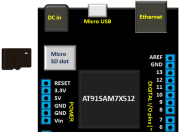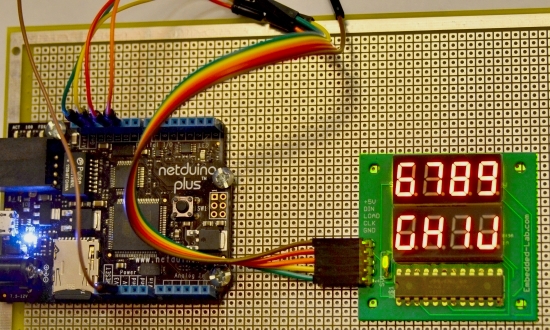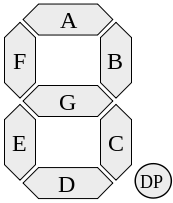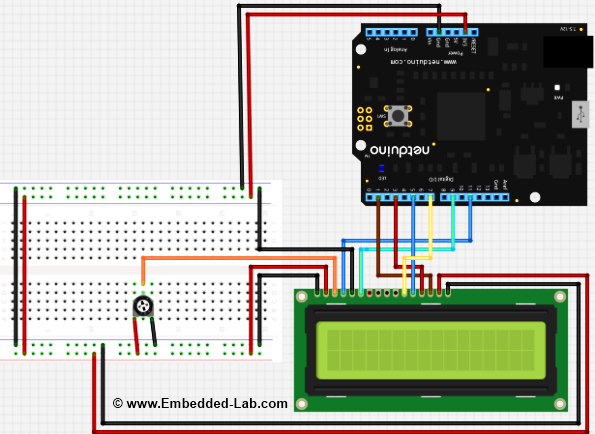Netduino Day 5 – Writing to an SD Card

Expandable memory is always a plus no matter whether it’s a Phone, Camera or a Microcontroller. Even advantageous if we know how to use it. In this fifth day Netduino tutorial, we will learn a few writing operations about an SD card. We will learn how to write to a text file, shown as an example of writing a log. The Logger class is also capable of creating a text file at any given location then writing some text information to it.
Read more


